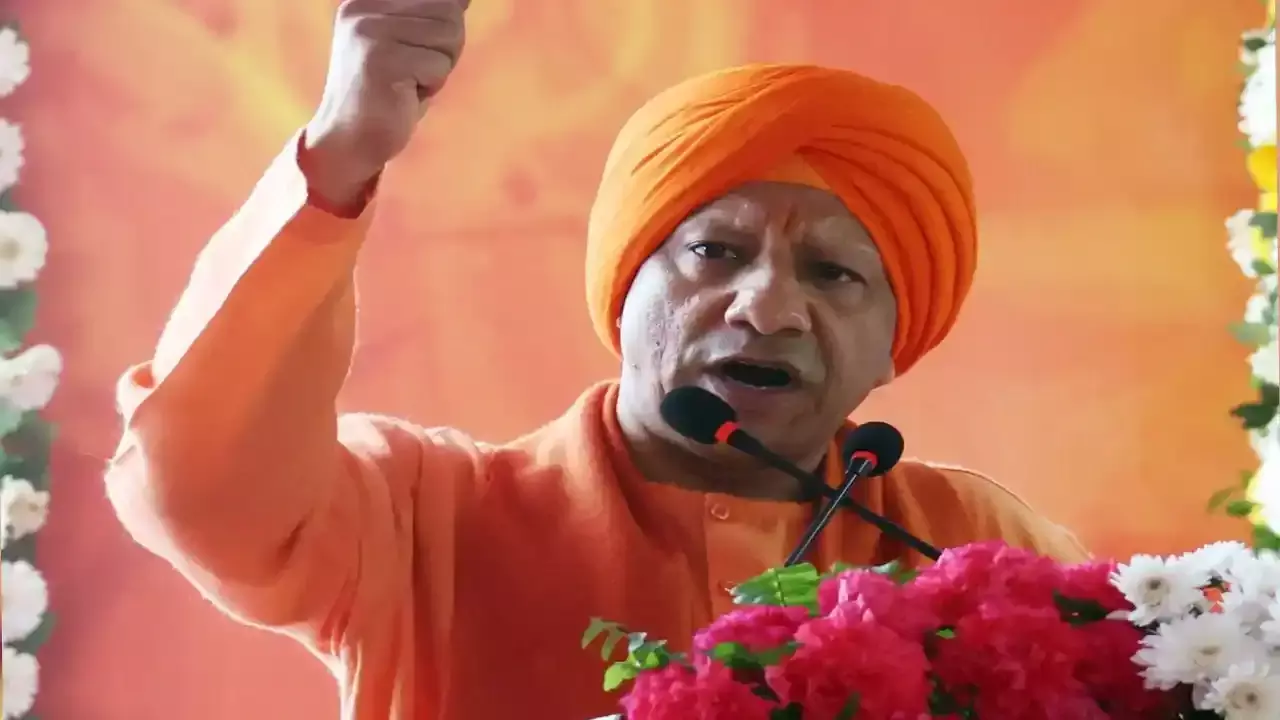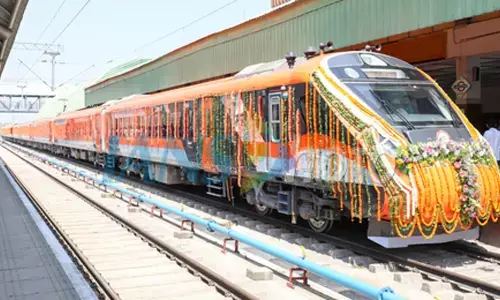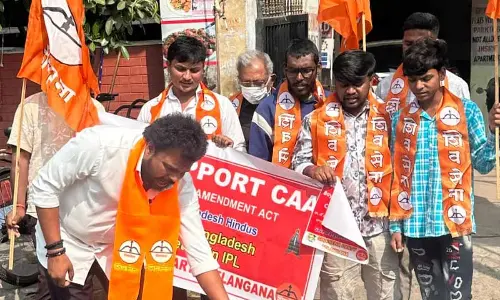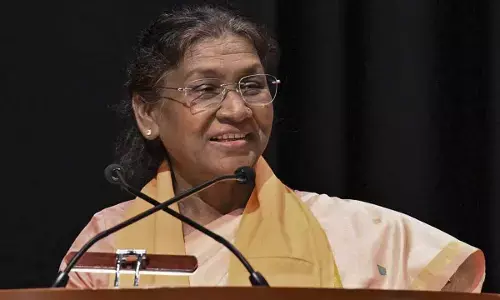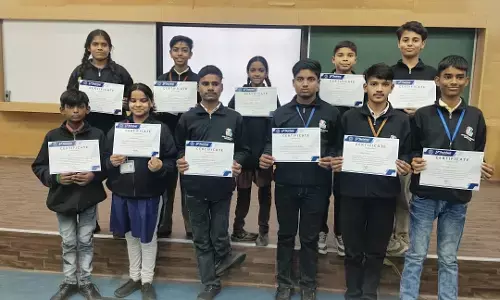TS, AP staring at water crisis

Notwithstanding the woes of division of employees and electricity sharing, the bifurcation of united Andhra Pradesh is set to pose yet another major problem in the form of the river water sharing.
Notwithstanding the woes of division of employees and electricity sharing, the bifurcation of united Andhra Pradesh is set to pose yet another major problem in the form of the river water sharing.
Water is definitely a scarce commodity for both – Telangana and Andhra Pradesh. And now it is going to create a great wedge between the people of both the states, if one goes by the standoff and unconcerned attitudes aired by both the sides of the political leadership and officialdom. Sharing of the river waters would soon crop into a major area for concern, and it would be more so as the temperature is increasing.
For instance, we have witnessed the farmers’ fights especially between the farmers of Mahabubnagar and Kurnool districts, on both sides of Rajoli Band project, in order to save the standing crop. Both the irritated farmers have taken mass demonstrations and yet times physical clashes.
Before the next agriculture season sets it, it would be ideal for both the states to firm up water agreements, else, as the experts say, the farmers of both the states would come onto the streets.
Both plan development of water grid
Both the governments have thankfully understood the gravity of the situation. They are trying to solve the problem through water grids. According to officials, the ground water is depleting fast as the land’s heat is rising quickly despite heavy rains in some parts.
In fact, the governments have forged the concept of ‘water grids’ and trying to synchronize the grids with the canal system.
For Telangana, government is considering to the harvest 160 tmc of water from Krishna and Godavari rivers for the drinking water needs. The proposed water grid will develop a network of one lakh km of pipeline with a cost of Rs 25,000 crore. Similarly Andhra government is planning to develop water grid on the lines of Gujarat model at a cost of Rs 30,000 crore.
While chief ministers are making announcements, unfortunately, at the ground level the plans are moving at snail’s pace. They have yet to make the funding proposals for these projects.
Water crisis leads to economic distress
Let us consider the issue of Telangana, which has a large contingent of farmers who depend on bore wells. They are deprived of power and unable to fetch water from the ground. And the problem further escalates once the ground water depletes. And the farmers of Andhra who are now reaping crops round the year in the Krishna and Godavari basins, now have to prepare for a water deficit seasons. According to the officials, the government has directed to raise the gates thus allowing the water to flow into the sea.
In fact, by virtue of being near to the seashore, Andhra has less number of dams to store rain water. The truth is that the water used to be stored in most of the Telangana areas and to be released during the crop seasons. Now they have to build their own tiny bunds to stock the rain/river water, hence they are now planning a water grid to make the water flow around.
Thus, the largely interdependent agricultural economy of Telangana and Andhra Pradesh is likely to be affected in the backdrop of state division. The leaders and experts WHO know about it, have not attended appropriately to the situation.
Beauty of the state, in the words of a commodity trader, that Telengana gets rice from West and East Godavari and some extent Kurnool districts, while offers turmeric, chillies and cotton to Andhra merchants. “It is just like two hands which worked for simultaneously would go awry now,” said, adding that he sees a great mismatch.
On catchment areas
It is another interesting area. Telangana forests account for 45 per cent of total united AP’s forest cover. And about 65 per cent of this area is the catchment area for river Krishna, and accounts for 75 per cent catchment area for river Godavari.
Now, utilizing these resources for the development of any one region will be a big challenge as topography does not permit. And the major causality would be for the drought-prone districts in both the states.
Under river Krishna, the officials say the rightful claim of share of water for Telangana would be over 548 tmc ft, and from river Godavari, according to Bachawat, Telangana’s share would be 900 tmc ft. These are earlier allocations, but the dispute for water would continue.
Conclusion
This is a just a cursory view on the expected water crisis. More with the hardened mind set on both the sides would have made smooth and sensible administrative steps more difficult.
One wonders what would be the final fate of the Jalayagnam projects, in both the regions. What could be the solution for the several projects on river Krishna taken up in the Rayalaseema region? And many more questions which nobody is around to answer.








